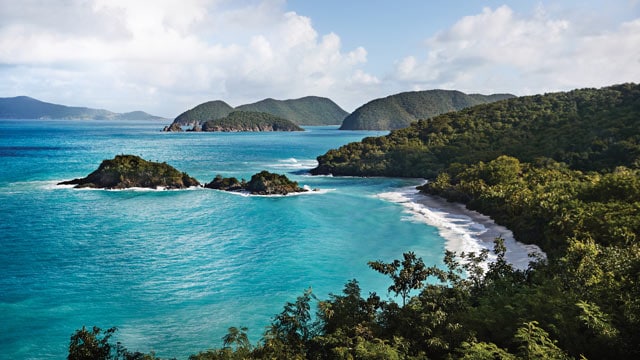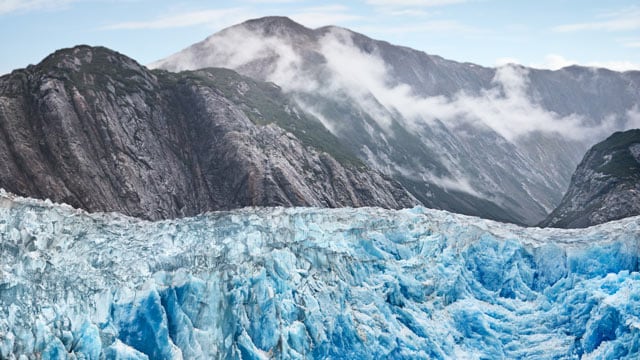Take a Mayan ruins cruise as part of a Cozumel excursion during your Princess Caribbean cruise. Your short getaway includes a visit to historic San Gervasio.
Surrounded by thick tropical foliage on the island of Cozumel lie ancient Mayan ruins. To the island's northeastern tip you'll find Castillo Real, a 1,200-year-old lookout tower. To the south lies El Cedral, the oldest Mayan structure on the island, and El Caracol, a well-preserved hurricane warning structure. And tucked away in the northern heart of the island is ancient San Gervasio — the island's largest and most accessible archaeological site. To walk among these Mayan ruins on a short getaway cruise to Cozumel is to be transported back to 300 CE and revisit ancient Mayan culture.
San Gervasio and the Temple of Ixchel
San Gervasio's gray, mossy stones retain the shape of the Mayan community that once thrived there. Though Cozumel was economically important as a trading center — its main exports, salt and honey, were considered more valuable than gold — the greater significance of the San Gervasio site was religious. Mayan women, in particular prospective mothers, were expected to make at least one pilgrimage to San Gervasio to the temple of Ixchel, the goddess of fertility. Mayan women braved the dangerous waters to Cozumel, usually by canoe, to pay tribute.
There is mystery surrounding Ixchel. Different sources list her also as the goddess of the moon, as well as of rainbows, midwifery, childbirth, medicine, and weaving. Ancient images depicting the goddess differ as well: Some appear as that of an old woman with claws on her hands and feet, possibly tied to the Mayan name of the island, Ah-Cuzamil-Peten, which means "land of the swallows." In other images, Ixchel is a young woman with a rabbit, also a Mayan symbol of fertility and whose shape the Maya saw in the dark of the moon. Her complexity adds to the mystique of her temple at San Gervasio.
Cozumel After the Maya
The Mayan society in Cozumel flourished until the 1500s, when Spanish explorers discovered the island and warred with the Mayan people, distorting them with massacres and diseases. After that, the history of the island grew more diverse: It became a pirate hideout in the 17th and 18th centuries; it boomed during the 20th-century gum craze (the result of the island's sapodilla trees, producers of chicle, a chewy substance); and, in the 1960s, a television documentary by Jacques Cousteau made the island prime for snorkelers and scuba divers.
You won't need a canoe to experience a Cozumel excursion. On a Western Caribbean getaway cruise, guides will take visitors into the heart of San Gervasio and the Mayan ruins. Step back in time and discover the mysteries of the Mayans —you're guaranteed to come back with new perspective.



